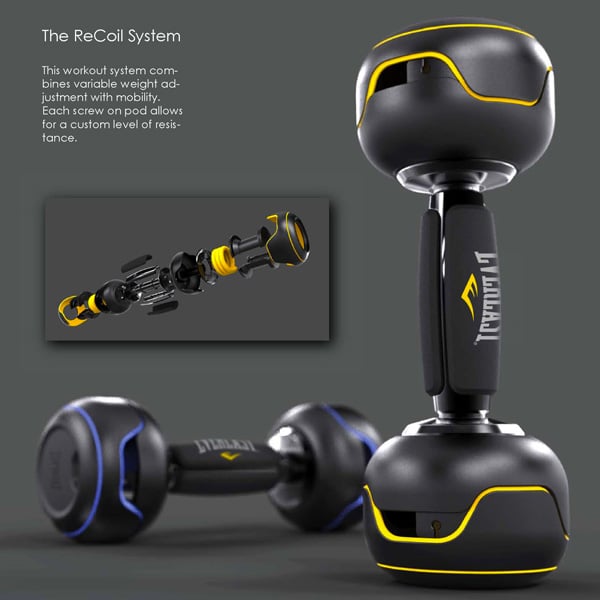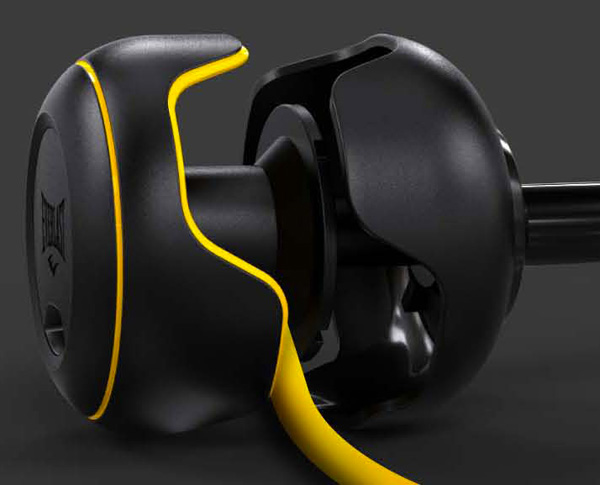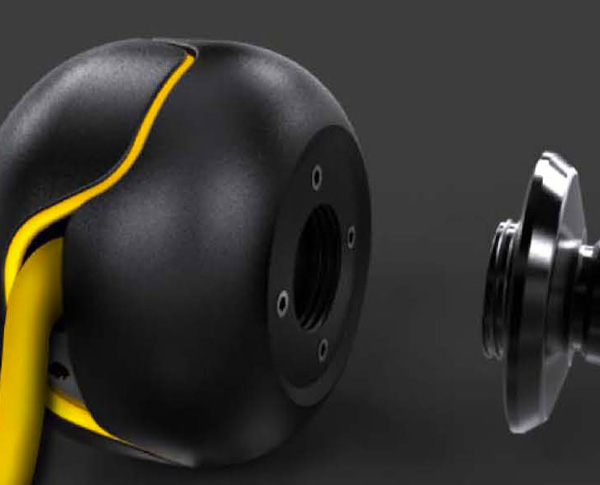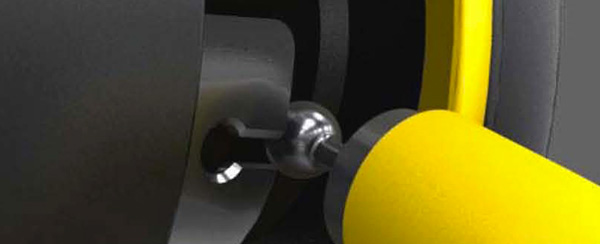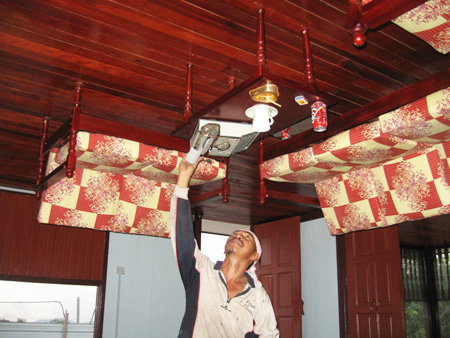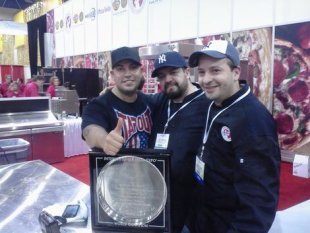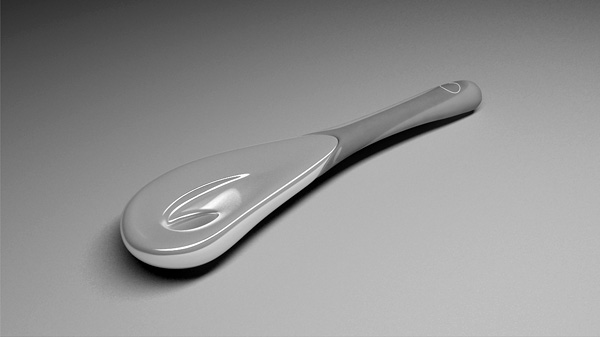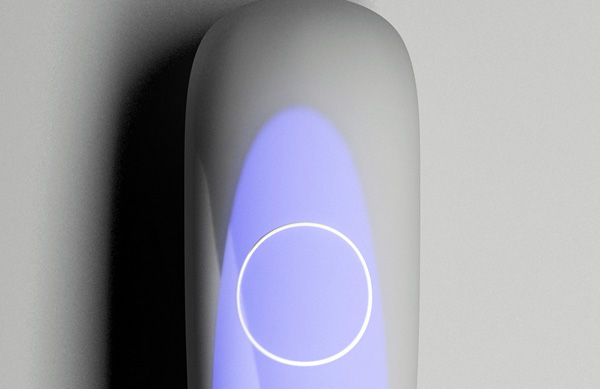In rough economic times, people used to resort to selling blood or apples.
Now, thanks to the Internet, they are selling nail clippings, dead
mice and the naming rights to their unborn children to help make ends
meet.
It's not just people taking advantage of the Internet's potential
as a global flea market who are showing that pretty much anything
someone could want -- from the mundane to the bizarre -- can be found
online. Companies can now connect directly to buyers of their esoteric
and exotic wares.
[Related:
10 Unusual Things You Could Rent]
The scientifically minded, for example, can now easily buy
skeletons (human, animal or fossilized),
owl vomit,
snake venom and scorpion poison -- items even the best Wal-Mart can't be expected to keep on its shelves.
Looking to intimidate that smug neighbor with a new Prius?
Mortar Investments,
a Web site based in Prague, lets you add, for example, a $72,000 SU-100
soviet tank destroyer to an online shopping cart (don't count on an
Amazon Prime type of shipping discount).
The marketplace for unusual items can be separated into two
categories: "Huh?" and "Wow!" That Russian tank may fall into the latter
category, while a
cornflake that looks like Jesus fits with the former.
Sites such as
DudeIWantThat.com
offer a portal for the cool and extravagant. Those looking for the
downright strange might find more success hunting on Amazon or Etsy.
eBay
goes the extra step of categorizing nearly 22,000
head-scratching items as "Weird Stuff," "Slightly Unusual," "Really
Weird" and "Totally Bizarre."
DudeIWantThat.com is run by the brother and sister team of Ryan
and Erin Carstens. It launched last summer with its first featured
product,
a see-through canoe.
Erin Carstens says their hope for the site is to be the
"definitive curator of everything from slick gadgets and sick oddities"
and highlight "truly innovative designs and ideas that merit making it
big."
"Or at least those that merit a flurry of idle Web chatter," she adds.
In choosing what products to feature, Carstens says she and her
brother try to achieve "a balance between fads and novelties we're
fairly sure people will drool over" and more "inspired, and industrious
-- but maybe not so obvious -- needful things we hope they'll take the
time to explore."
Retro Toys and Games Making a Comeback
Among the popular items featured on the site that have an "artful
weirdness" to them, Carstens says, are lights designed to look like a
skinned codfish,
zombie head bowling balls and
"anatomical leggings" that create the illusion of visible muscle and bone.
We took a look at some of the most unique items -- from
one-of-a-kind specialties to the strange and often disturbing -- you can
buy online.
Stone foot
Have a million dollars tucked away that's just demanding to be spent
on either geological formations or a foot fetish? Have we got a deal
for you!
On eBay, a seller is offering a
naturally formed stone foot described as "truly an amazing piece."
"I feel I must pass this on to someone who will cherish it as
much as I have over the years," the seller writes, adding "please do not
offer if you do not plan to pay; we have had to re-list due to
nonpayment."
The rock, comparable to a size 15 shoe, comes with a story. It
was discovered by the owner's great-grandfather while he was on a Sunday
walk through the woods of Maine.
"As he was walking his normal route he saw something he has never
seen before up ahead," the tale is recounted. "It was two huge trees
that were arched as though they were a doorway or passageway to
somewhere. As he got closer he could see a glow of shimmery light
reflecting out."
As one is expected to do when encountering an otherworldly
portal, he stepped into the light (casting aside any wisdom that might
be gleaned from watching the movie
Poltergeist).
10 Bulletproof Brands in a Bad Economy
"When he opened his eyes the sight he saw amazed him," the seller
writes. "He described it to be like Emerald city. The ground was
covered in a green soft shimmery moss that was so beautiful and so soft.
The sky was bright blue, all most like he was in a fairytale. As he
started to walk further he noticed these big footprints in the moss. He
started to follow these footprints what seemed to be miles until, they
stop abruptly. He looked up and saw that the footsteps stop directly at a
stone. When he picked this stone up, in amazement he couldn't believe
it was an actual foot. A foot with an ankle toes, arch and even the
outline of the toe bones."
"What was this place? What is the meaning of the Stone foot? And
what where those foot prints in the moss? Or better yet who or what did
they belong to? This is the story that has been passed down in our
family. We are not sure what this magically beautiful place was. My
family jokes and says maybe big foots home or even another realm," the
writer adds.
To quote a popular Internet meme: "Not sure if serious ..."
Zombie apocalypse protection
Need a gift for that special someone who worries the dead will soon walk the earth?
Gerber Legendary Blades, a 72-year-old company that specializes in outdoor, tactical and industrial gear, offers a $349
Zombie Apocalypse Survival Kit, a weaponry sampler that includes an assortment of knives, axes and machetes in a convenient travel pack.
"What if it happens? What if our worst fears are realized? If
the Dead walk, the continuation of the human race will become a daily
struggle," the product's online sales pitch warns. "Are you prepared to
protect and defend your family and friends?"
In October's second-season premiere of AMC's series
The Walking Dead,
characters discover a stash of the Gerber-made blades and used them to
dispatch the brain-eating ghouls. A behind-the-scenes look at these and
other props is posted online by AMC
here.
The Throwdown Bed
Not so much strange as supercool (at least to some, and you know who you are) is the Throwdown Bed sold by
WeRMMA.com,
a company that specializes in Mixed Martial Arts and Ultimate Fighting
Championship gear, clothing and other similarly themed products.
Made for kids or adults, the $1,250 bed lets you or your kids
drift off to dreamland in a steel cage match setting. It includes stairs
leading to the ring/mattress, foam padded rails and the Throwdown anvil
logo. (For the uninitiated, Throwdown is a famed mixed martial arts
training facility in Las Vegas that has branched out into a branded
clothing line.)
No word on plans for the next logical step -- building a kitchen fashioned after "The Octagon."
Mail a toenail
An eBay user recently put a
toenail up for sale with a minimum bid of $9.99.
"This fell off my foot last night in the shower," he wrote (in
all caps, originally). "I'm selling most of my belongings because I lost
my job and I need money to pay bills. My friends said, 'Go for it!'"
Yes, that is how bad the economy has become. Was anyone during the Great Depression ever forced to sell toenails? We think not!
Two things are certain: death and taxidermy
Dead animals + Internet = profit.
Surf eBay, Amazon and Etsy and you'll find a wide range of
stuffed and preserved critters placed in post-mortem poses for your
enjoyment. Mooseheads, squirrels, birds and fish are common.
On Amazon, for example, you can buy a
dead raccoon "rowing" a tiny canoe.
We spared you the heebie-jeebies by not including
this $80 item on Etsy: a severed mouse head fashion accessory.
"This large, eye-catching hair-pin was inspired by the glamorous
world of burlesque," the seller writes beneath a picture that had us
imagining
Stuart Little as a serial killer. "It features a
white taxidermy mouse head sat atop a four-inch-long hairpin. The mouse
head is placed on a row of real onyx beads, features a beaded 'necklace'
finishing in a large satin bow on the rear, and surrounded by a fan of
black feathers ... This unusual and glamorous piece is a definite
one-of-a-kind and a real conversation starter. It is sure to add a
unique twist to any hairstyle."
Also available, for $25, is the
"Taxidermy Duckling Drunken Ducky Little Party Animal."
The "stuffed baby articulated duckling" is mounted on a wooden base, "surrounded by bottles with a cigarette in his mouth."
In a similar vein,
"Quack the Ripper" poses a tiny duckling in a bowler hat, scalpel in hand, amid pools of "blood" and the severed duck parts of his victims.
Pee power
Japan's inventors have a knack for taking the mundane and making it surreal. Case in point: batteries.
While unimaginative American consumers probably don't think much
about their standard AA and AAA batteries, someone overseas had the
creativity to create rechargeable ones -- powered by urine.
The imported
NoPoPo Eco Water-powered batteries cost about $57 for a six-pack.
Actually, urine is just one of the liquids -- including plain old
boring water, as well as beer or blood -- that can carefully fill these
rechargeable batteries using an eyedropper.
Pillow tie
For every problem, someone has a solution. For the Utah-based makers of
The Pillow Tie, the need waiting to be filled was for a convenient and comfortable way to sleep at your desk during work.
It may look like a regular tie, but breathing into a concealed nozzle turns the ol' corporate noose into a puffy headrest.
The ties themselves are made of a microfiber/silk blend, and the
inflatable piece that rests within the necktie is made of a durable PVC
plastic with a small "plug-in hole" valve at the base for easy inflation
and deflation.
"The inflatable piece is completely undetectable when worn and
not inflated," the company says. "Even in the most formal attire, people
will never suspect you're packing a personal pillow."
Not just for slackers at the office, the company Web site adds:
"When you rest your forehead on the soft, woven fabric, you will not be
left with any incriminating lines from the pew in front of you, nor will
you have to lay your face in someone else's drool an a communal
airplane pillow."
What Lincoln can get you
The Web site
Fiverr posts
thousands of things wiling members are willing to do for $5. Among the
more typical tasks offered are simple Photoshop work, copywriting and
webcam-aided foreign language tutoring. That sort of thing.
But things also get weird ... very weird.
One gentleman offers to send a video of himself singing
Happy Birthday in Welsh, wearing only a thong and wooly hat.
A young lady offers to "create a video or Skype of me talking with my mouth full."
"Don't you hate when people talk with their mouth full?! Making
noises, grunting, slopping their food while you can see and smell what
their eating? What a way to get back at them," she writes. "I will
gladly create a video or Skype of me talking with my mouth full grossly
and disgusting. You pick the topic or what you want me to talk about and
I will do the rest."
A street performer will juggle knives at your request (adding a
chainsaw will cost you extra) while reciting up to 15 words of your
choosing.
"I will do the best Donald Duck voice ever for $5," boasts
another job-seeker, while another offers to carry a personalized sign
while recording a video of himself balancing things on his chin.
Ever want a time-lapse video of your message with a bunch of
mealworms crawling over it? For just $5 you can make that dream come
true.
Fans of the band LMFAO might want to take up one woman on her offer to create a parody song from
Sexy And I Know It for you or your business.
"I will let you beat me at
Words with Friends," writes another seller of the
Scrabble-like
game. "I don't often lose, so this should make you feel extra special. I
will take my turns slowly, so that you can savor the victory."
Other offers that caught our eye:
"I will go to the store of your choice and videotape dancing behind a random stranger without them knowing."
"I will ask Furry Freddy a teddy bear to be your boyfriend on
Facebook for one week. He will tell you how he loves you but will not
use adult content."
"I will punch myself in the face one time with my own hand in the
cheek just for 5 bucks. And if you are not satisfied i will punch
myself again till you are satisfied ... no eye punches though."
"I will create a video with pads and tampons about PMSing. I
mean, seriously? How many of you get sick of hearing a girl complain
about PMS? It's just an easy way to get back at them, I'll give you some
good jokes and let you in on all the abbreviations that PMS 'stands
for' ha ha. I can write names, businesses or shout outs on the tampons
and pads."
"I will write the message of your choice in 'alphabetti'
spaghetti on toast, photograph it and email you the jpg image for you to
use as you wish."
"I will pull a condom over my mouth an blow it up with my mouth
until it explodes. Then, i will say whatever you want as your message, a
joke, a noise, or even say Happy Birthday to one of your friends."
"I will take a full force kick in the nuts from my brother and
record my reaction afterwards for a minute or two. I am from Ireland so
there will be lovely green grass out in the garden while we are doing
it."
Selling souls
Got soul?
The Web site
Demonical.com
claims to be the Internet's premiere online exchange for the buying and selling of human souls.
If you need quick cash, and don't mind trading eternal damnation
for it, they are there to facilitate the process (and no, consumer
watchdogs, this isn't a payday loan operation).
This ectoplasmic eBay also claims to let users bid on famous
souls, including Henry Kissinger and Bill Gates. We wonder if the
latter's spirit comes with security updates and anti-piracy measures.
Buyer (not so) beware
To get the full scope of the unusual items for sale online, it may
help to look at one of the most prolific buyers of the bizarre.
Among the infamous items bought by the gambling Web site
GoldenPalace.com over the years, often via online auctions: $650,000 for
the naming rights of a monkey species; $28,000 for a grilled cheese
sandwich some say bears an image of the Virgin Mary; $10,000 for the
right to tattoo its Web site address on a woman's forehead (the site
also bought advertising space on another woman's pregnant belly); and,
in 2006, paying actor William Shatner $75,000 for his kidney stone.
By Joe Mont | TheStreet.com



























